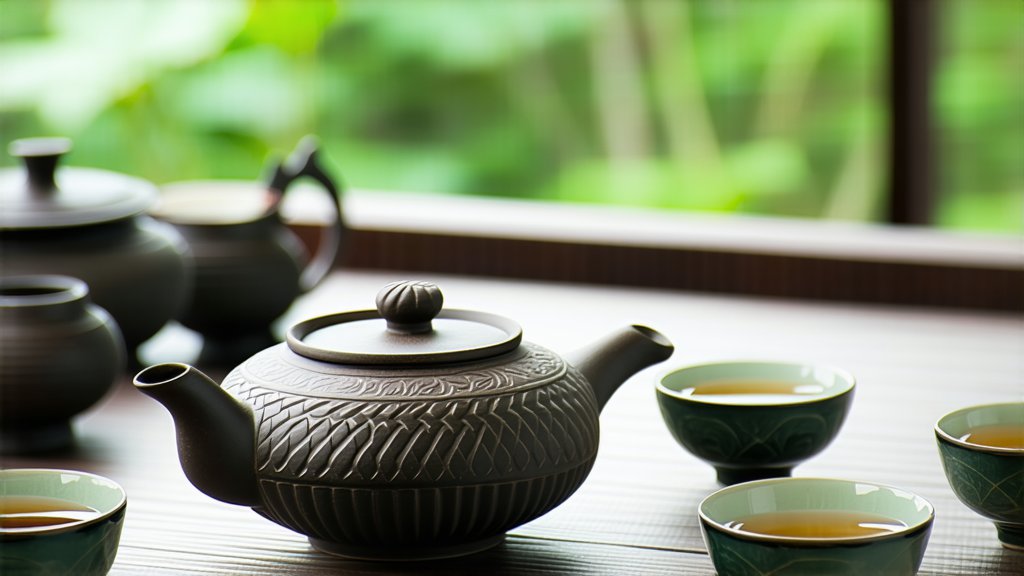
Keemun black tea, also known as Qimen Black Tea, is one of the most revered and historically significant varieties of Chinese black tea. Originating from the picturesque Qimen County in Anhui Province, this tea has captivated tea enthusiasts worldwide with its unique flavor profile and exquisite craftsmanship. This article delves into the rich history, diverse varieties, intricate production process, and nuanced art of tasting Keemun black tea, offering an immersive experience for international readers eager to explore this gem of Chinese tea culture.
Historical Background
The story of Keemun black tea dates back to the Tang Dynasty (618-907 AD), but it gained prominence during the Qing Dynasty (1644-1912). According to historical records, the production techniques were refined over centuries, with the tea becoming a favorite among the imperial court. Its name, "Keemun," is derived from the Pinyin transliteration of "Qimen," reflecting its deep-rooted connection to the region.
During the late 19th century, Keemun black tea began to gain international recognition. It played a pivotal role in popularizing black tea in Western countries, especially in Britain, where it was often blended with other teas to create distinctive blends such as English Breakfast. Today, Keemun black tea continues to be celebrated for its quality and heritage.
Varieties of Keemun Black Tea
Keemun black tea encompasses several distinct grades and types, each with its own unique characteristics:
-
Huangshan Maofeng: Often considered the highest grade, Huangshan Maofeng features tightly rolled leaves with a golden tip. It exudes a complex aroma that combines floral, fruity, and slightly smoky notes.
-
Gongfu Dancong: Known for its robust and full-bodied flavor profile, Gongfu Dancong is made from larger leaves and offers a more intense experience. The aroma is richer and more pronounced, with hints of orchid and honey.
-
Xiangzheng Gongfu: This variety strikes a balance between the delicate flavors of Huangshan Maofeng and the boldness of Gongfu Dancong. It is characterized by a smooth texture and a harmonious blend of floral and fruity scents.
The Art of Crafting Keemun Black Tea
The production of Keemun black tea is an intricate process that involves several meticulous steps:
-
Withering: Freshly picked tea leaves are spread out in thin layers to allow them to wilt and lose moisture. This step helps in softening the leaves and preparing them for rolling.
-
Rolling: The withered leaves are then rolled either by hand or using mechanical rollers. Rolling breaks down the cell walls, releasing enzymes that facilitate oxidation. The tight rolling of Keemun black tea leaves contributes to its characteristic shape and appearance.
-
Oxidation: The rolled leaves are spread out to undergo controlled oxidation. This process is crucial as it transforms the green leaves into the dark brown color typical of black tea. Oxidation also develops the complex flavors and aromas associated with Keemun black tea.
-
Drying: Finally, the oxidized leaves are dried to reduce moisture content and prevent any further enzymatic activity. Drying can be done using various methods, including sun drying or machine drying.
-
Sorting and Grading: After drying, the tea leaves are sorted based on size, shape, and quality. This ensures that each grade of Keemun black tea maintains consistent standards and characteristics.
The Nuanced Art of Tasting Keemun Black Tea
Tasting Keemun black tea is an experience that engages all the senses. Here are some tips to fully appreciate its complexity:
-
Visual Appreciation: Observe the dry leaves, noting their uniformity, color, and texture. High-quality Keemun black tea leaves should be tightly rolled and exhibit a rich, dark brown hue.
-
Aromatic Evaluation: Before brewing, inhale the dry leaves to detect their natural fragrance. Upon steeping, the aroma should evolve, revealing floral, fruity, and sometimes smoky notes.
-
Brewing Technique: Use freshly drawn, boiling water to steep the tea for about 3-5 minutes, depending on personal preference for strength. Avoid oversteeping to prevent bitterness.
-
Visual Inspection of the Liquor: Examine the brewed tea's color, which should be a bright amber or deep copper. The clarity of the liquor indicates proper processing.
-
Savoring the Flavor: Take a small sip and let it roll over your tongue to fully appreciate the tea's complexity. Note the initial sweetness, followed by the subtler flavors and the lasting aftertaste.
-
Evaluating the Leaves: After brewing, examine the wet leaves for their color and texture. High-quality Keemun black tea leaves should unfurl completely, revealing a vibrant greenish-brown color.
Conclusion
Keemun black tea is a testament to China's rich tea heritage and the artistry involved in tea production. From its storied history to its meticulous craftsmanship, every aspect of Keemun black tea speaks of tradition and excellence. For international readers, exploring Keemun black tea is not just an opportunity to enjoy a delightful beverage but also a chance to connect with a cultural legacy that spans centuries. Whether you are a seasoned tea connoisseur or a curious newcomer, the world of Keemun black tea promises a rewarding and enlightening journey.